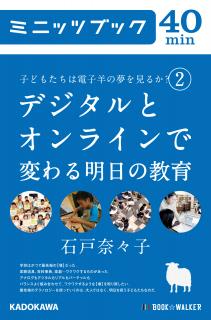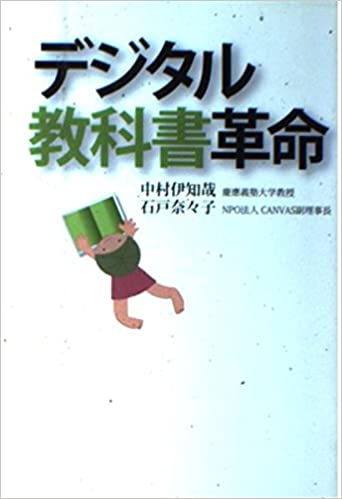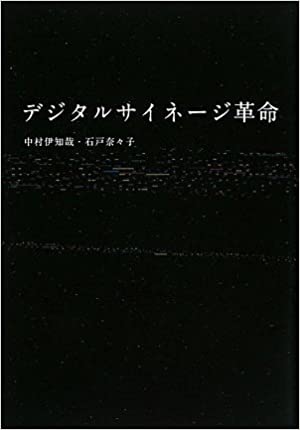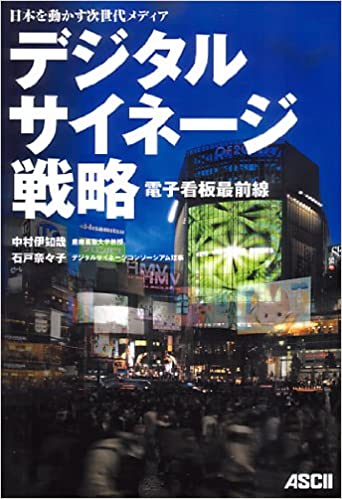English
- 2014.01.08
- 【EN】Summer Camp
Summer Camp
The setting is the Stationery Olympics. Eraser and Correction Tape, defeated by the gold medalist of the Erasing Event, Correction Pen, vow their revenge in four years. “You can do it! You got this!” Piling effort upon effort, they welcome the coming of 2012. Eraser and Correction Tape finish in first and second. “Both of them broke the world record!”
This is the work of children in the clay animation course of summer camp held at Tokyo University. It was the hot summer of 2012, with excitement rising each day at the London Olympics. The university campus was also once again fiery with the cheers of children.
Clay animation is animated in stop-motion using clay. Children think of a scenario, draw the storyboard, make characters by molding the clay, create the background set and film one frame at a time, Yedit with a computer,, put in narration or sound effects, and produce an animation around three minutes long. This year the summer camp, held annually at the university, marks its tenth year. Its first iteration was held at the Tokyo University’s Research Center for Advanced Science and Technology in the summer of 2003. The summer camp, within the university campus, was probably the first initiative of its kind in Japan.
When we prepared to start up CANVAS, I was in the United States, and visited a wide variety of summer camps. According to the Wall Street Journal, in the U.S. there are more than 10,000 summer camps, and every year more than 10 million children participate.
Worth 11 trillion U.S. dollars (about 870 billion yen) at market scale, that it has established itself as a big business comes as a surprise. To call it a summer camp is not only in reference to the common camp where one goes to the mountain or beach, but to a program where you can have various personal experiences with art, science, sports, etc.
Harvard University, Stanford University, MIT, and other world-famous universities have especially left me a deep impression with their stance of opening their campuses to children for summer vacation. Couldn’t we develop the same thing in Japan?
An article in the July 2012 issue of the Wall Street Journal gave the following projections for the summer of 2012: 60 university locations, the participation of 23,000 children and students altogether, and 26 million dollars- a 30% increase from the previous year- in sales.
For its development in Japan we made a visit to the same company, located near Silicon Valley, wondering whether we could cooperate with them. In a stylish and open office, among upscale upholstery, we were hit from the start with the question: “There is interest in the Japanese market, but to what extent would it benefit our company as a business?” This insight, too, is commendable.
The program that CANVAS offers, called “Summer Camp Art and Tech”, strives to be a program that takes a balance between analog and digital, art and technology, and virtual and real in clay animation, film, and programming, among others. Additionally, it embraces the concept of university students teaching children on campus.
Four children with different background who meet for the first time, become a group, and while working together, the children complete their production over three days by themselves. Starting from the shyness of the first meeting, they jointly contribute their opinions, fight, and make up. “What do we do about the punchline?” They pile on their arguments many times over. “You’ll draw the storyboard!” They discover their mutual strengths and weaknesses and naturally allot tasks. “Today, let’s do this much!” They display leadership. Small dramas unfold during three days, and by the end the children all become fellow friends.
These are children who impatiently come to the classroom one hour early. These are children who, in their enthusiasm for their work, lament time spent eating lunch. These are children who investigate the shape of a rocket on the internet. These are children who continue the next day’s preparations even at home. There is no “I was told to…” to be found.
“Feel with the heart, consider with the head, express with the hands.” Put the whole body to full operation, and a discipline is established that trains creativity, expression, and communication. The screening on the last day is an absolute must. The children take their presentations seriously: they raise their hands one after another with a “me, me!” and compete over the presentation order. Under the watch of their parents, they explain their own creations like pros. Surrounded by lots of applause, they beam with bright, proud smiles.
Parents say with wonder, “I didn’t even think my own child could make something of such high accomplishment!” The excitement returns home with them. Forgetting even to eat their food, they report to their parents and open their computers to show off their creation whenever their friends come by. Some even make new creations at home and send them by email.
Have you ever displayed this kind of ability to concentrate? Have you ever made your eyes shine at the chance to learn? These children, learning on their own, acquire the resources of creativity and communication that computers can in no way substitute.
”The experience of making up a production with friends had gave my child confidence; the next semester my son ran as a candidate for class representative.”
”Making the most of summer camp, now my daughter wakes herself up in the morning.”
Every year we look forward to hearing how the children have since grown.


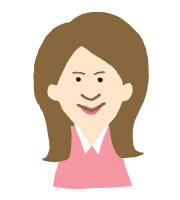


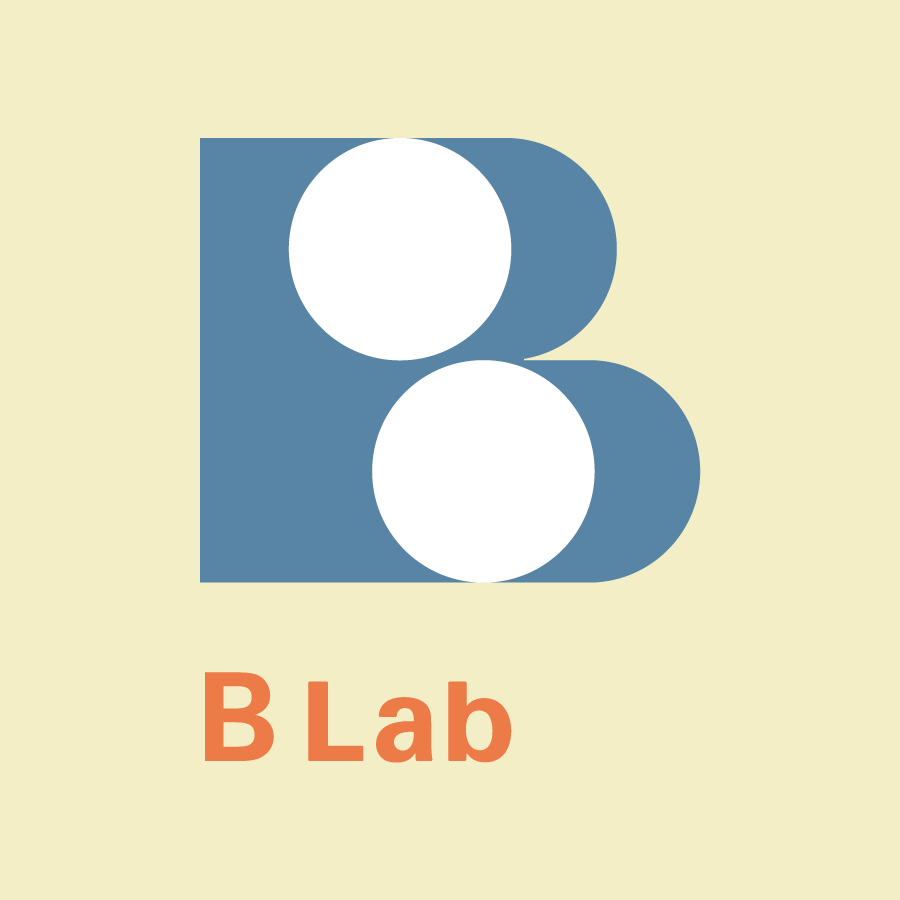
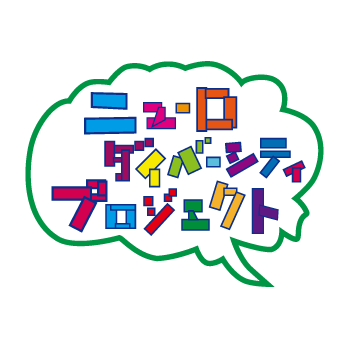
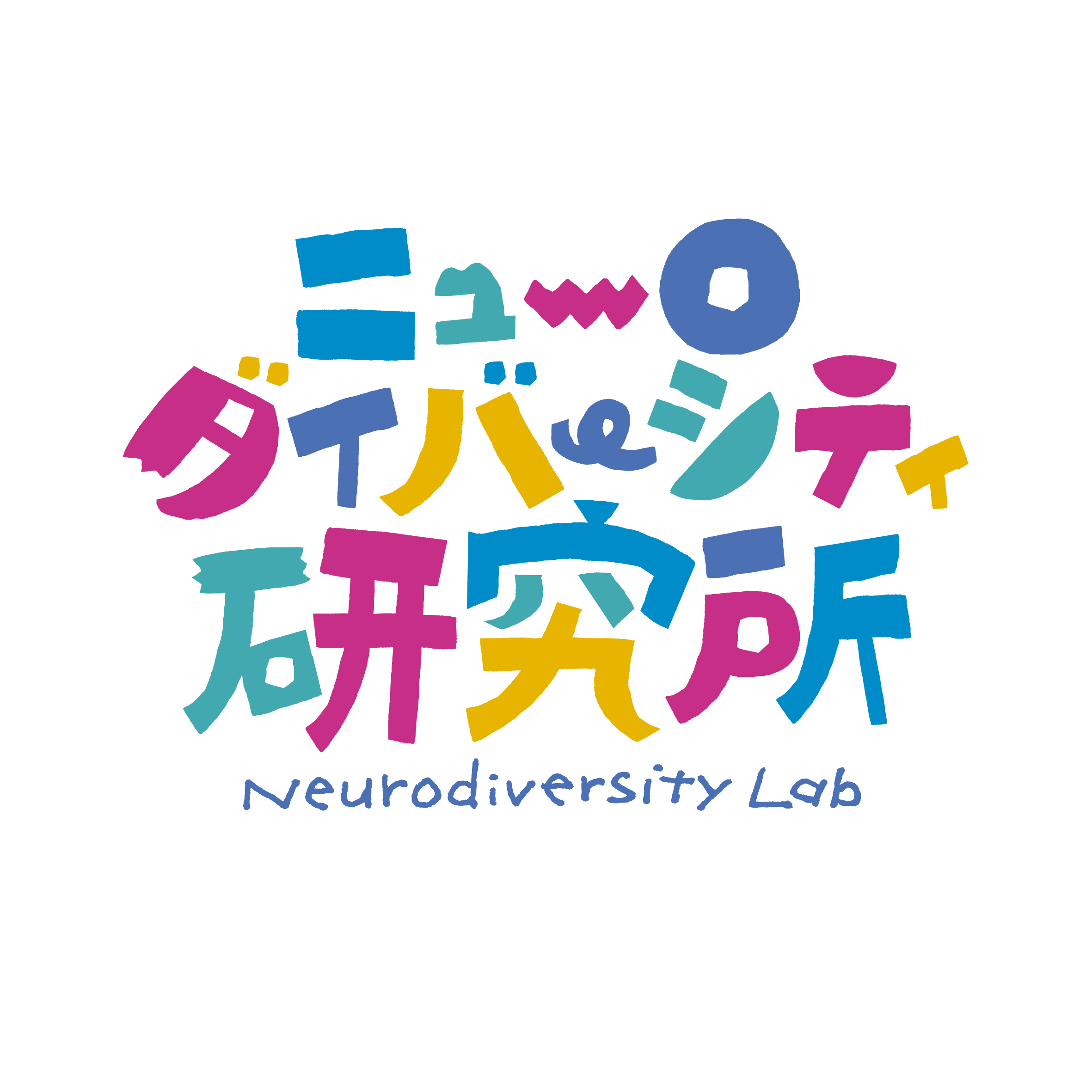
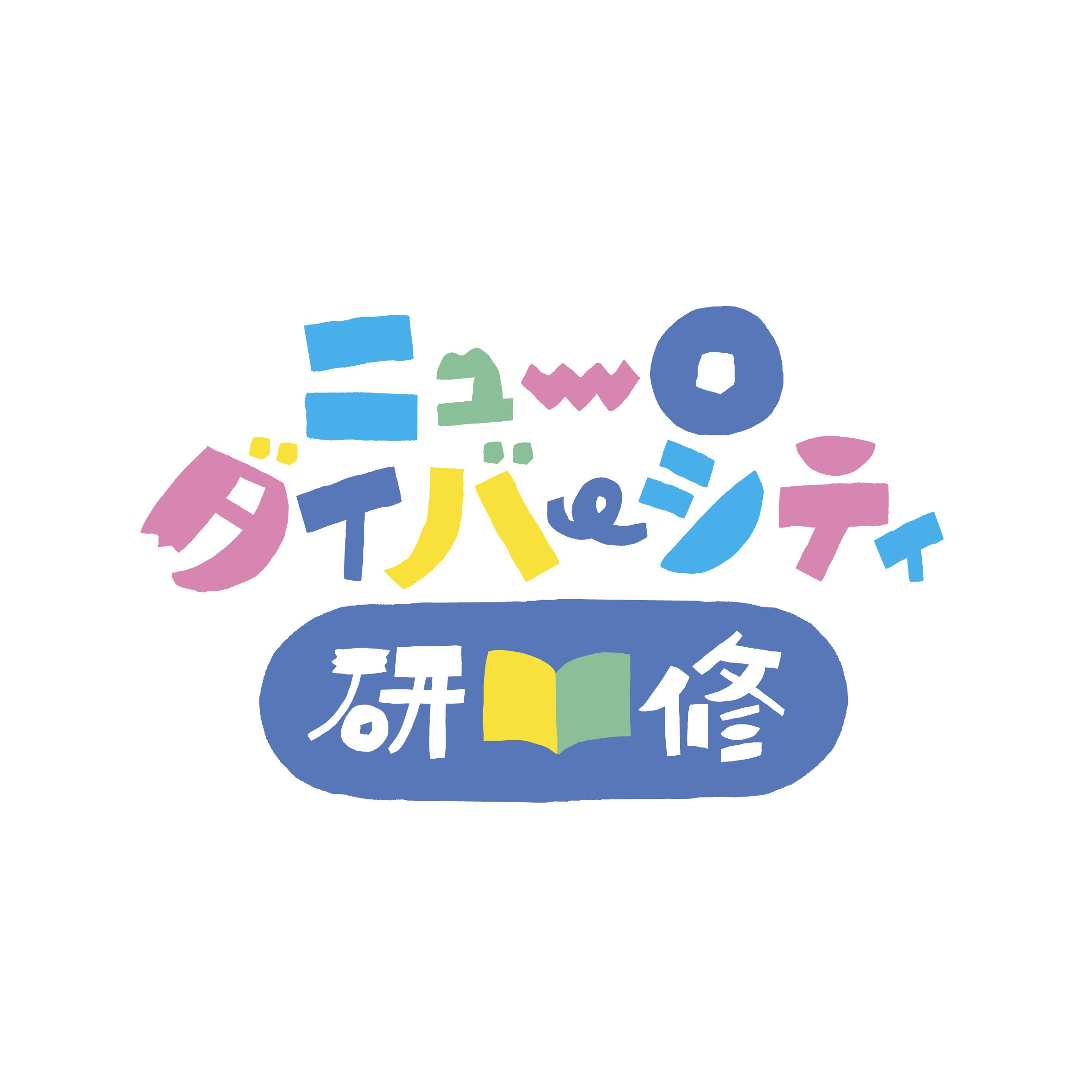

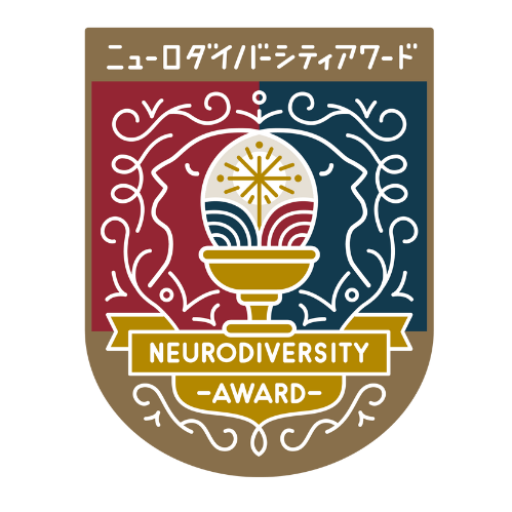
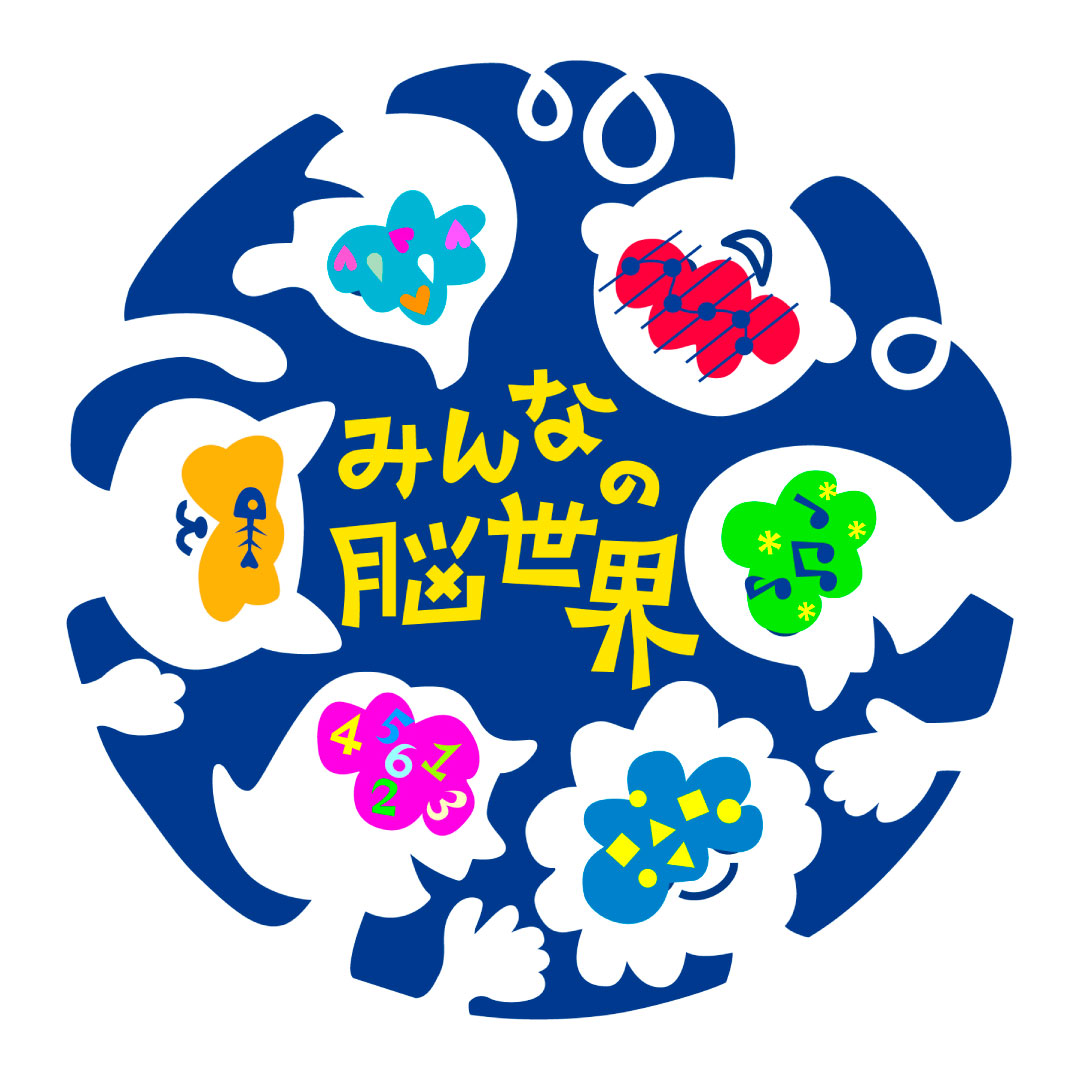


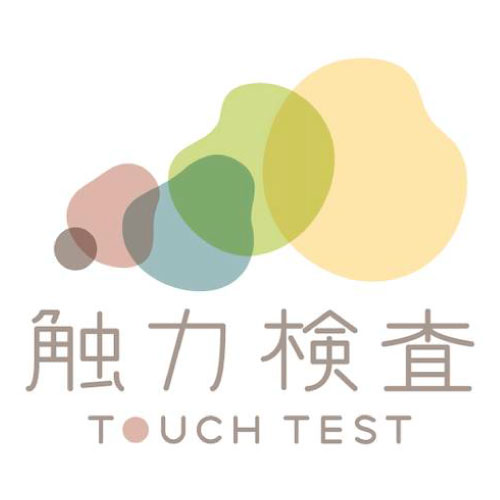
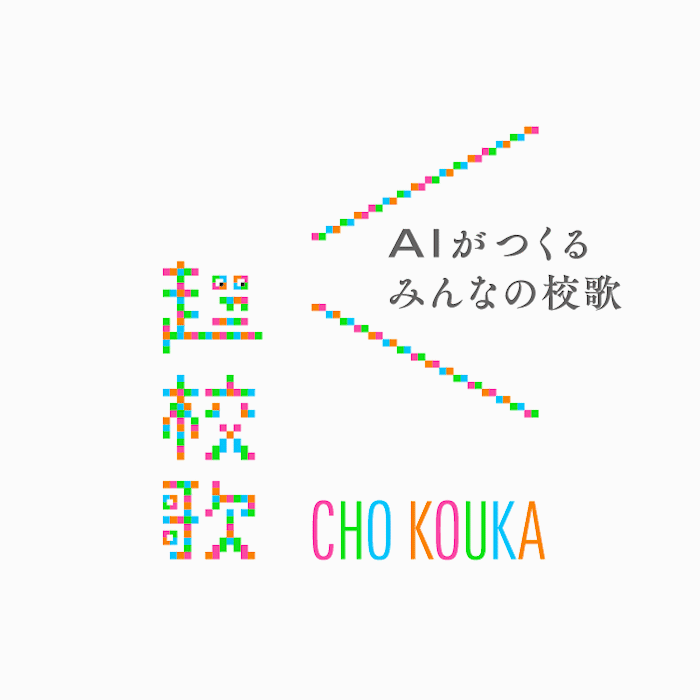
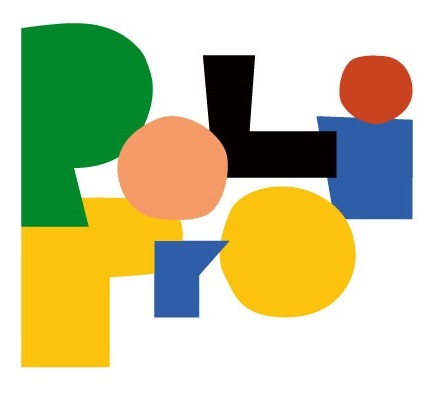
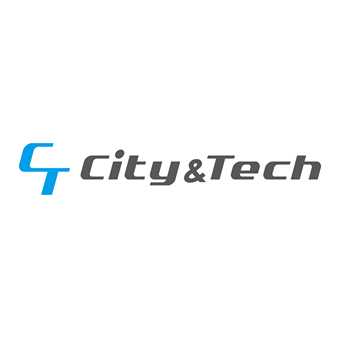
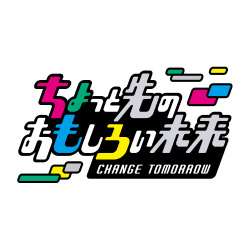




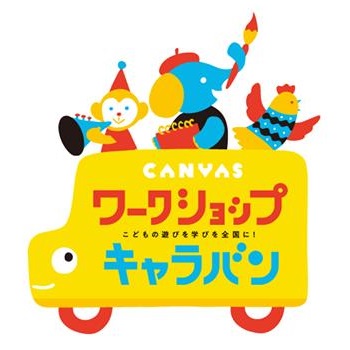
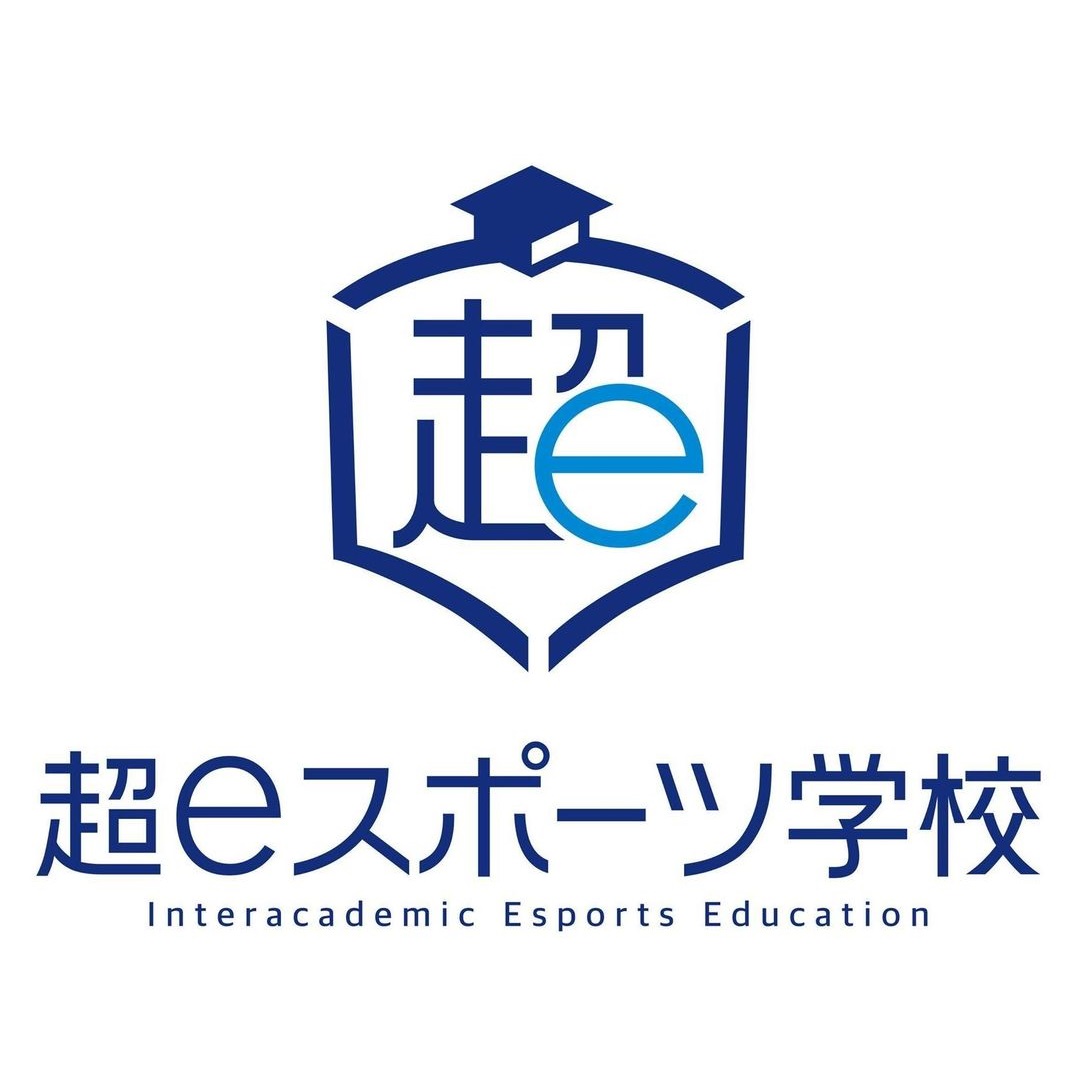
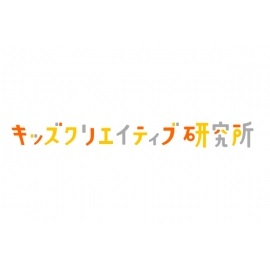

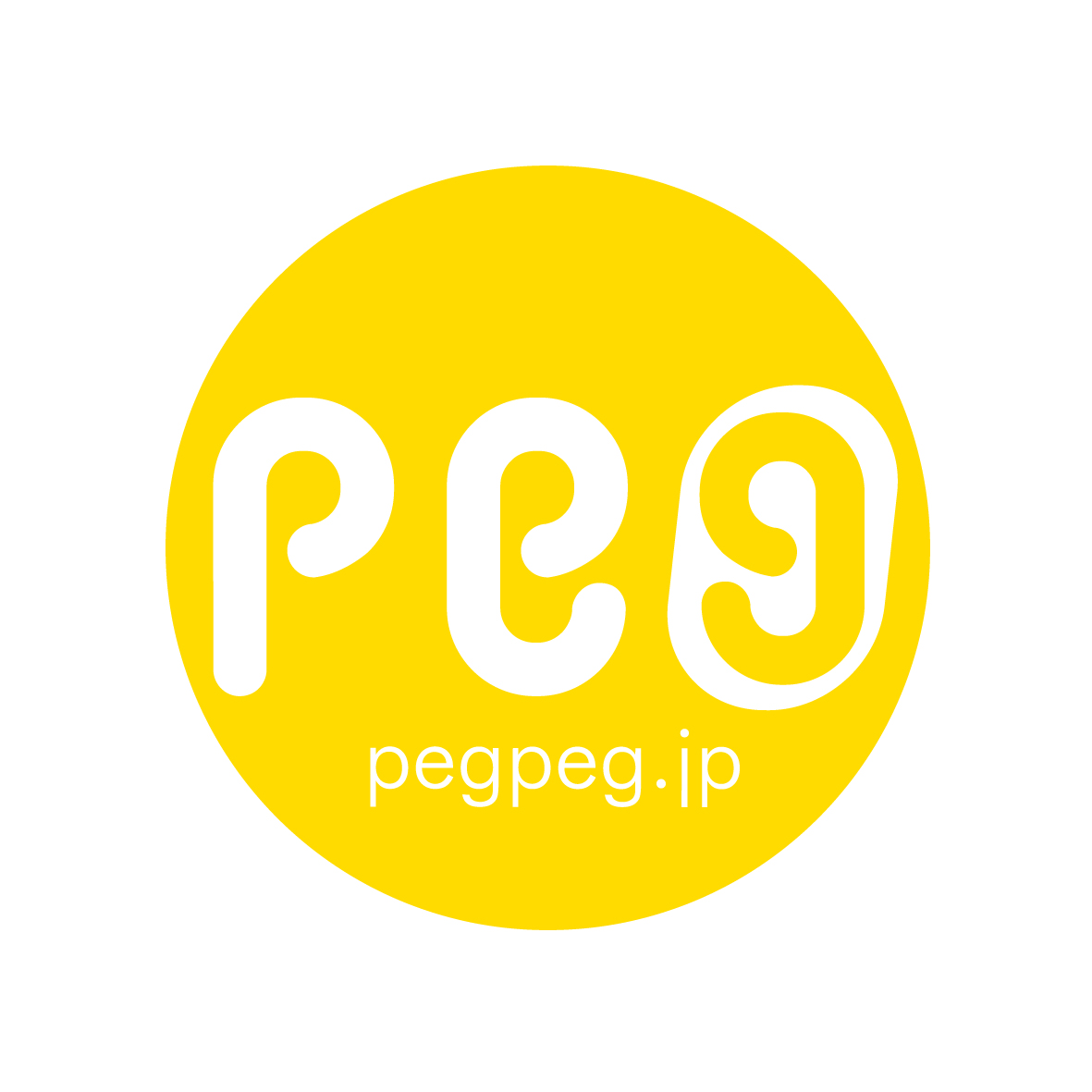
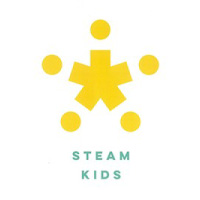

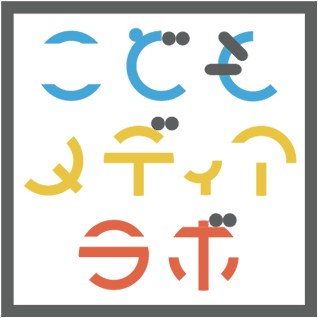
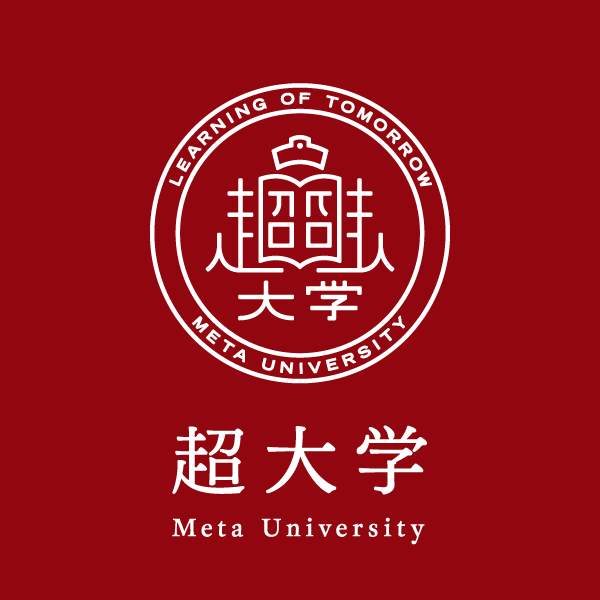

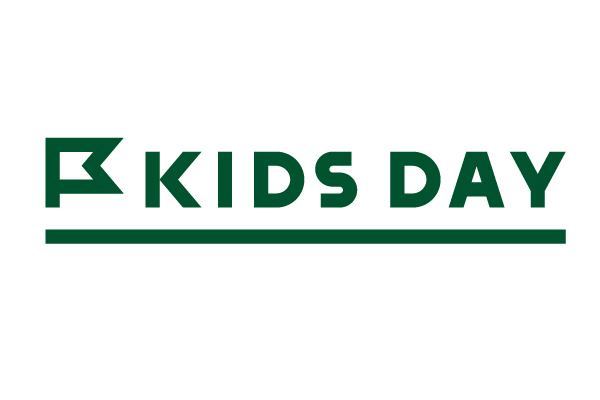



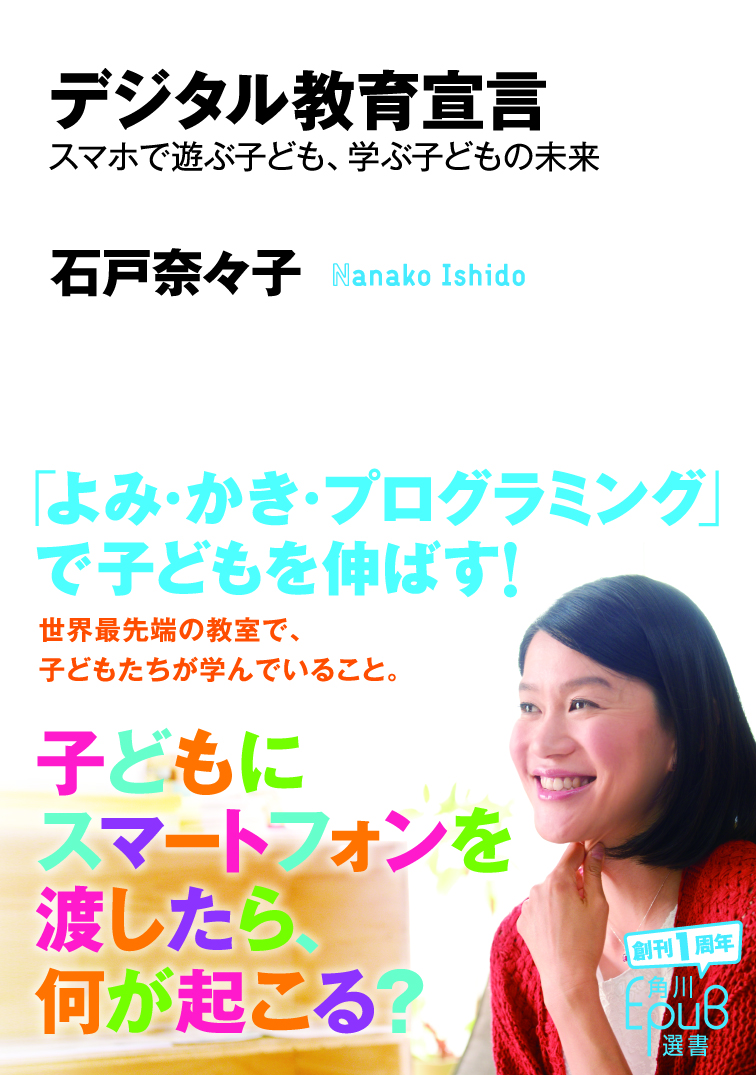
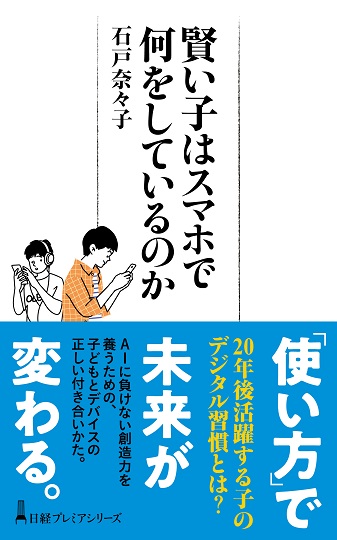
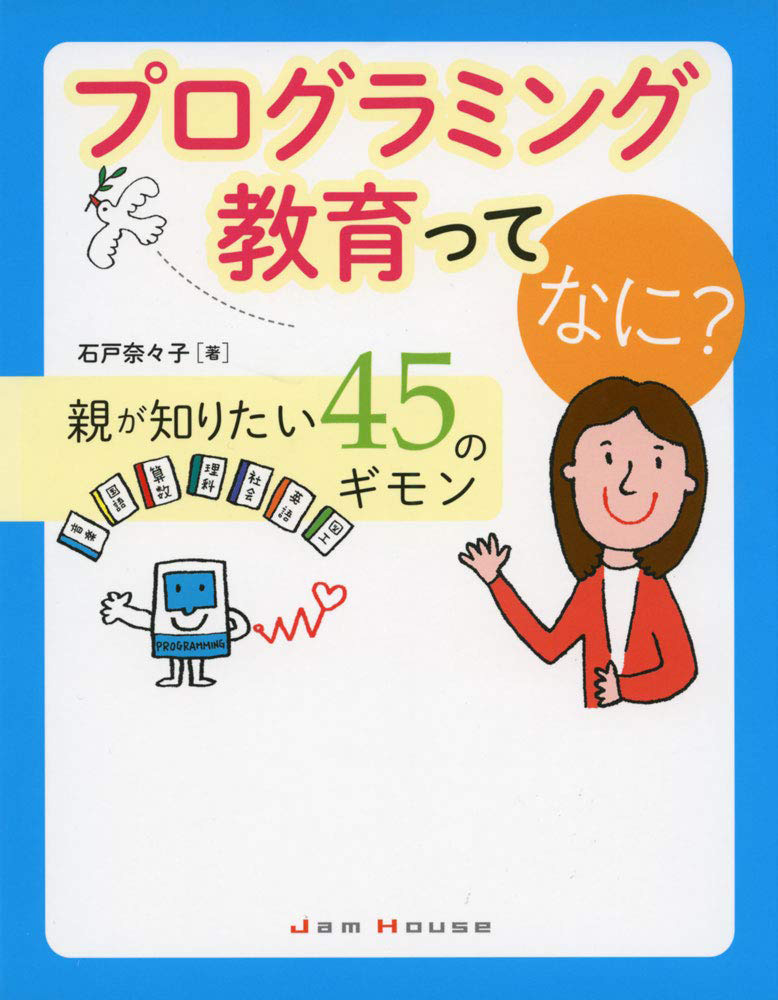


4052047885.jpg )
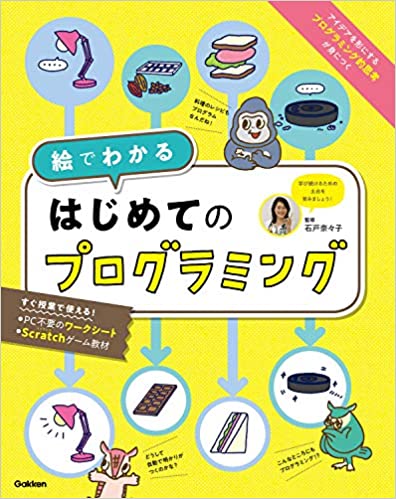
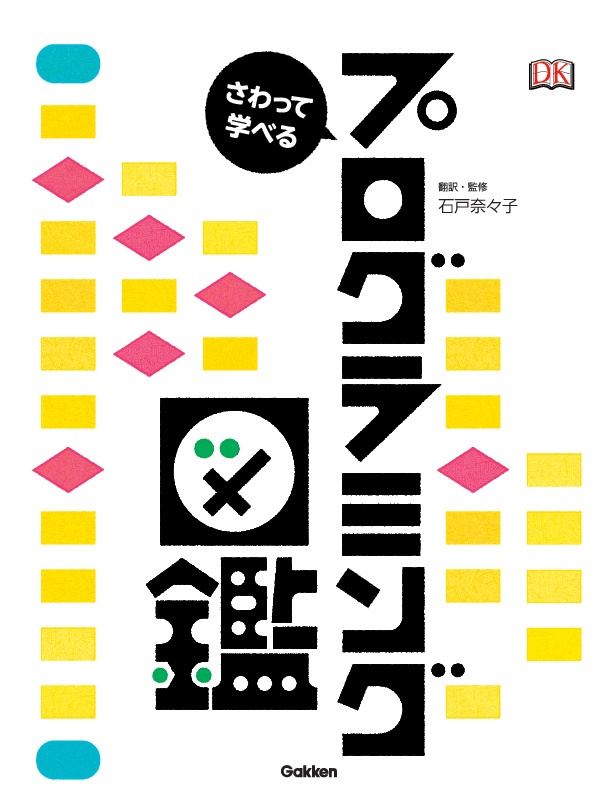
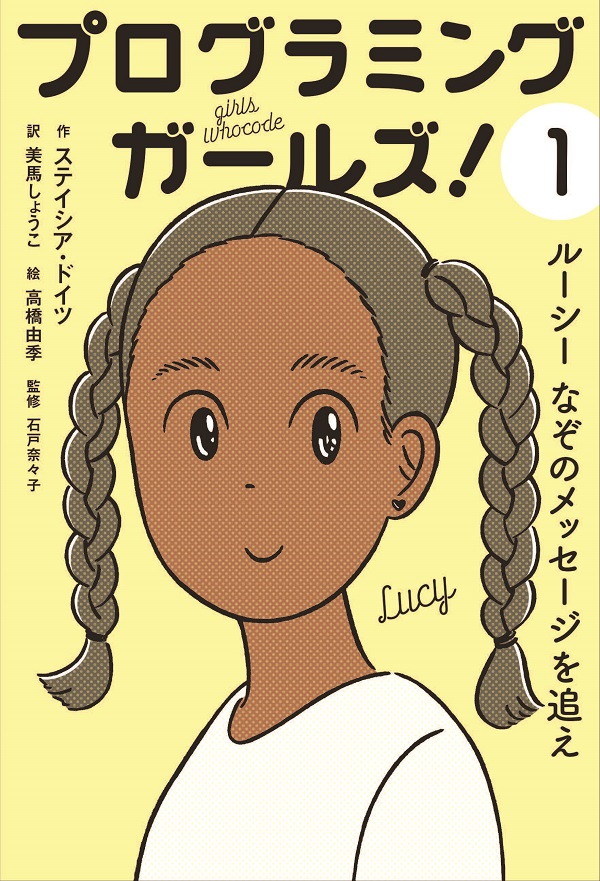

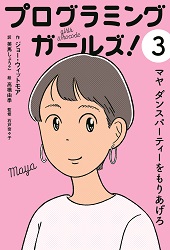


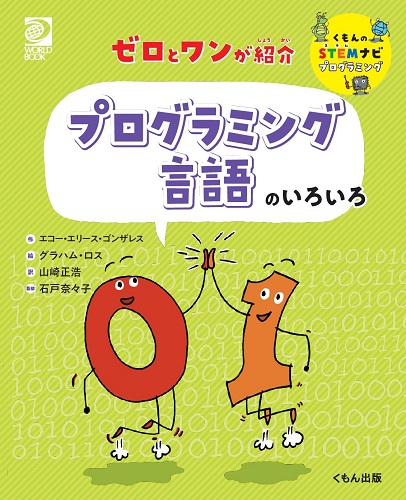
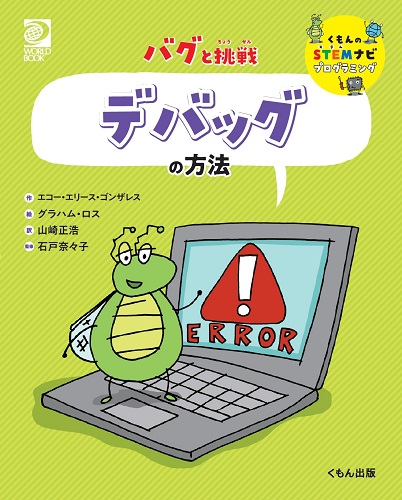
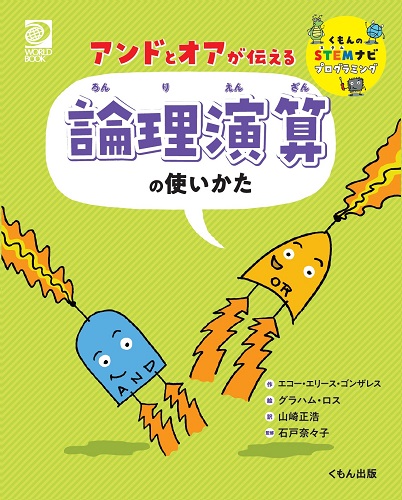
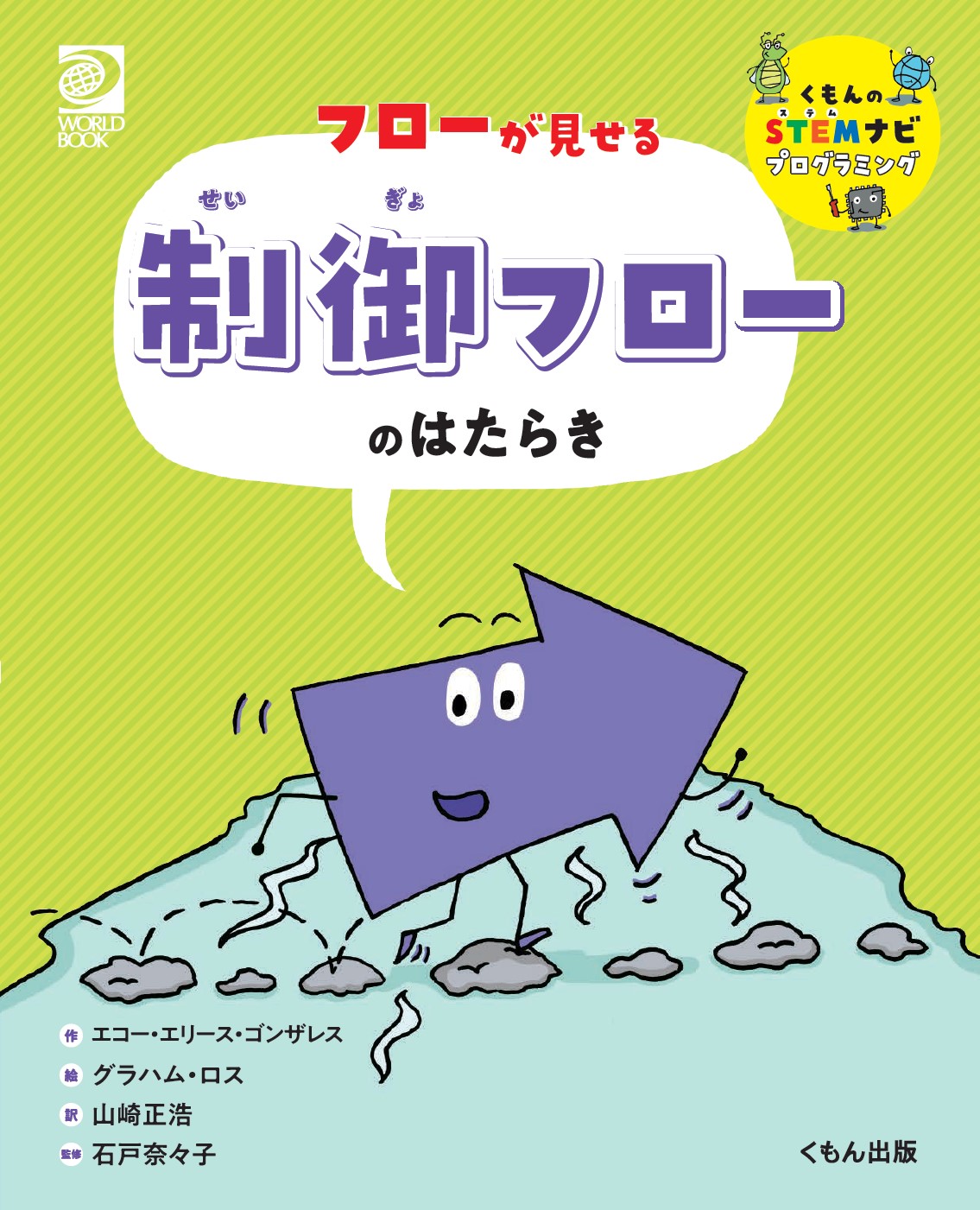

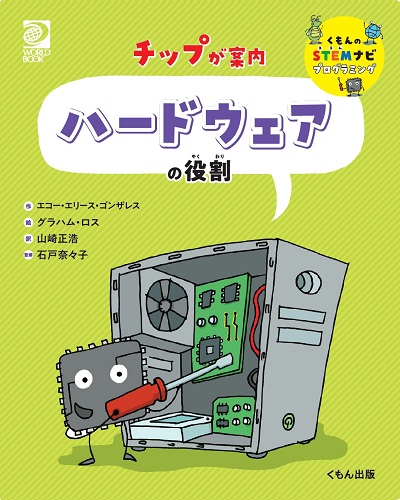
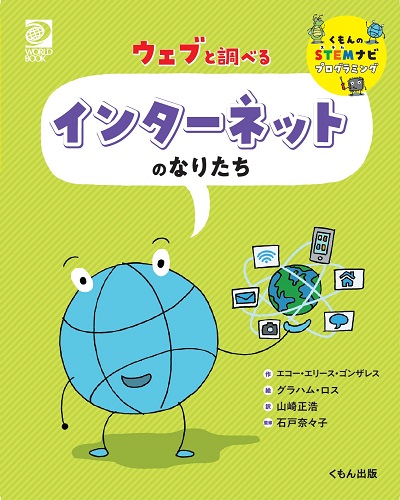
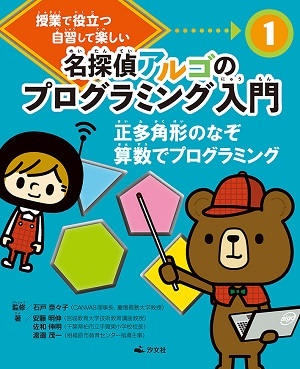
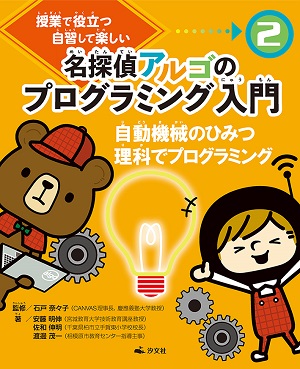
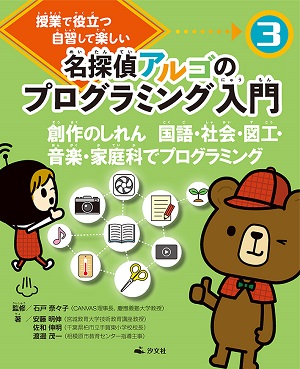
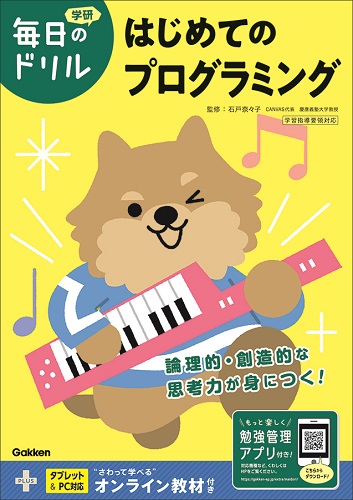
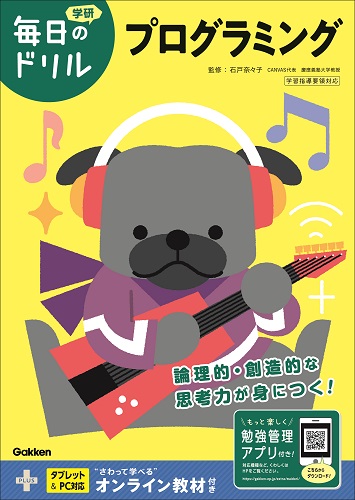
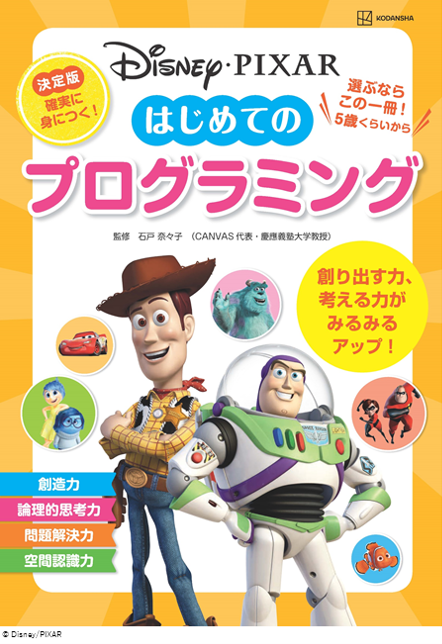
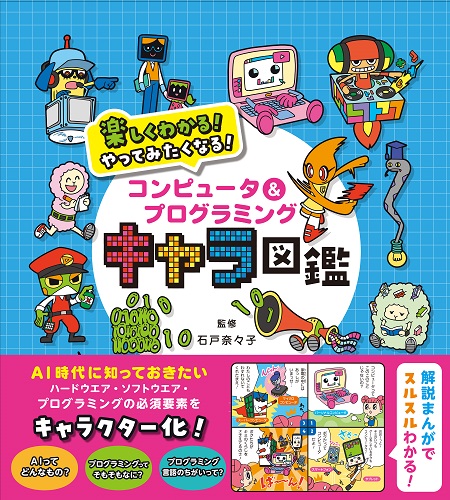

1.jpg)


